




Disclaimer: Copyright infringement not intended.
India and Bhutan discussed bilateral projects in the fields of electricity and urban planning during the visit of King Jigme Khesar Namgyal Wangchuk and Queen Jetsun Pema.
It is a 1GW run-of-the-river hydroelectric power generating facility under construction in the Wangdue Phodrang district of Bhutan.
The project is being developed by the Punatsangchhu II Hydroelectric Project Authority, under an Inter-Government Agreement (IGA) between the Royal Government of Bhutan and the Government of India.
India-based Water and Power Consultancy Services (WAPCOS) provided engineering and design consultancy services during the project study phase, while the National Institute of Rock Mechanics (NIRM) was engaged for modeling and geotechnical engineering services.
1,020 MW
The project site is spread along the Wangdue-Tsirang National Highway, downstream of the Punatsangchhu I hydroelectric power project which has been under construction since 2008.
The electricity generated by the Punatsandchhu II hydroelectric power plant will be evacuated through a 400kV double-circuit power transmission line.
Government of India provided 30% grant and 70% loan at 10% annual interest, repayable in 30 equated semi-annual installments commencing one year after the mean date of operation.
Run-of-river hydroelectricity (ROR) or run-of-the-river hydroelectricity is a type of hydroelectric generation plant whereby little or no water storage is provided.
Run-of-the-river power plants may have no water storage at all or a limited amount of storage, in which case the storage reservoir is referred to as pondage.
|
Start of Cooperation |
1988 with the commissioning of the 336 MW Chukha Hydropower Plant. |
|
Significance of Hydropower |
|
|
Target Capacity (2020) |
10,000 MW |
|
Hydropower Projects Built in India |
1. Chukha HEP (336 MW) 2. Kurichhu HEP (60 MW) 3. Tala HEP (1020 MW) 4. Mangdechhu HEP (720 MW) |
|
Hydropower Projects Under Construction |
1. Punatsangchhu-I (1200 MW) 2. Punatsangchhu-II (1020 MW) 3. Kholongchhu (600 MW) |
|
Inter-Governmental Agreement (2014) |
|
|
Capacity Achieved by India in Bhutan |
Over 2000 MW |
|
Project Name |
State/UT |
River |
Capacity (MW) |
Commissioned Year |
Key Highlights |
|
Bhakra Nangal |
Himachal Pradesh |
Sutlej |
1325 |
1963 |
One of the largest multipurpose projects in India. |
|
Tehri Dam |
Uttarakhand |
Bhagirathi |
1000 |
2006 |
The tallest dam in India (260.5 meters). |
|
Sardar Sarovar |
Gujarat |
Narmada |
1450 |
2017 (full capacity) |
Part of the Narmada Valley Project benefits multiple states. |
|
Nathpa Jhakri |
Himachal Pradesh |
Sutlej |
1500 |
2004 |
Largest hydropower plant in India. |
|
Indira Sagar |
Madhya Pradesh |
Narmada |
1000 |
2005 |
Known for its large water storage capacity. |
|
Koyna Dam |
Maharashtra |
Koyna |
1960 |
1964 |
Key contributor to Maharashtra's power supply. |
|
Idukki Dam |
Kerala |
Periyar |
780 |
1976 |
Arch dam, a major power supplier in Kerala. |
|
Hirakud Dam |
Odisha |
Mahanadi |
307.5 |
1957 |
Longest earthen dam in the world. |
|
Baglihar Dam |
Jammu & Kashmir |
Chenab |
900 |
2008 |
Controversial due to water-sharing issues with Pakistan. |
|
Salal Hydroelectric |
Jammu & Kashmir |
Chenab |
690 |
1987 |
One of the earliest large-scale projects in J&K. |
|
Subansiri Lower |
Arunachal Pradesh |
Subansiri |
2000 (Under Construction) |
Expected by 2024 |
Largest hydropower project under construction in India. |
|
Dhauliganga Project |
Uttarakhand |
Dhauliganga |
280 |
2005 |
Built in a remote mountainous region. |
|
Bansagar Dam |
Madhya Pradesh |
Son |
425 |
2008 |
Multipurpose project for irrigation and power generation. |
READ ABOUT INDIA-BHUTAN RELATIONS
https://www.iasgyan.in/daily-current-affairs/india-bhutan-relations-16
https://www.iasgyan.in/daily-current-affairs/india-bhutan-relations-15
Source:
|
PRACTICE QUESTION Q.Consider the following statements regarding the Punatsangchhu-II Hydropower Project:
How many of the above-given statements is/are correct? (a) Only one (b) Only two (c) All three (d) None Answer: c Explanation: Statement 1 is correct: The Punatsangchhu-II Hydropower Project is a 1GW run-of-the-river hydroelectric power generating facility. It is located in the Wangdue Phodrang district of Bhutan, emphasizing its strategic importance in the regional energy landscape. Statement 2 is correct: The project is being developed under an Inter-Government Agreement (IGA) between the Royal Government of Bhutan and the Government of India. This collaboration demonstrates the close bilateral relationship and the shared interest in developing Bhutan’s hydropower resources for mutual benefit. Statement 3 is correct: Engineering and design consultancy services for the project were provided by India-based Water and Power Consultancy Services (WAPCOS). This involvement underscores the role of Indian expertise in the development of critical infrastructure projects in Bhutan. |
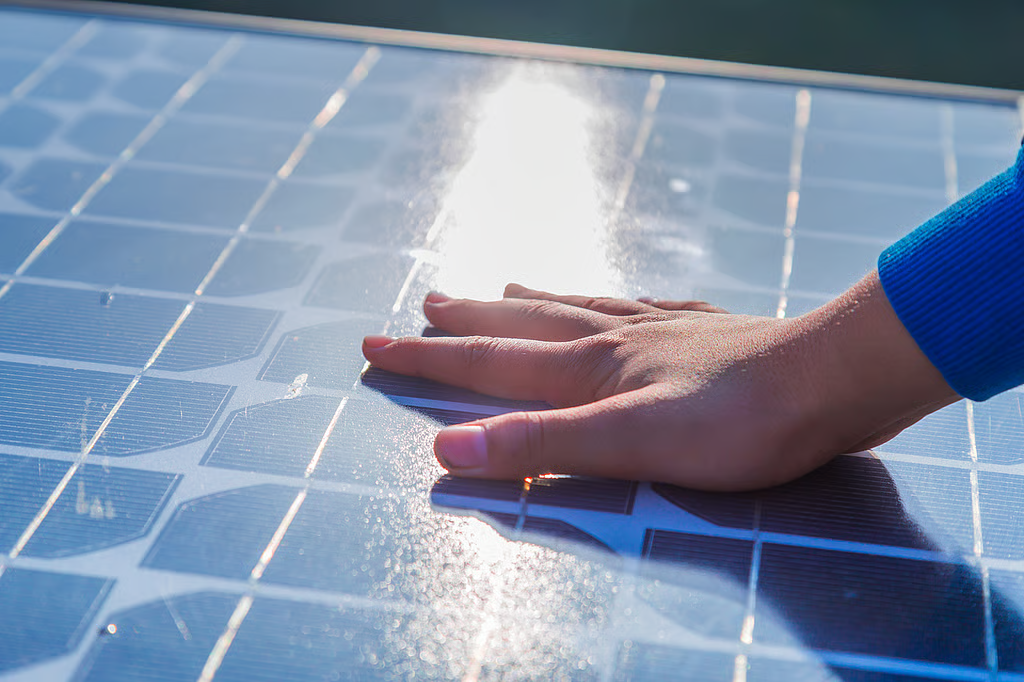
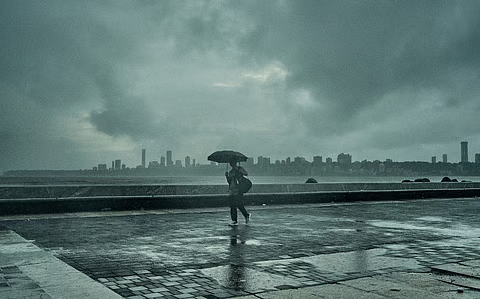
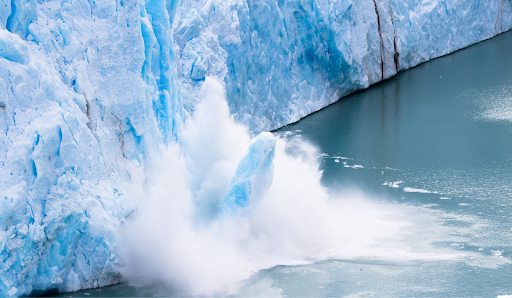
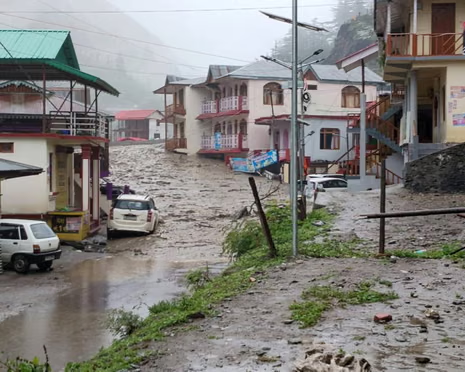
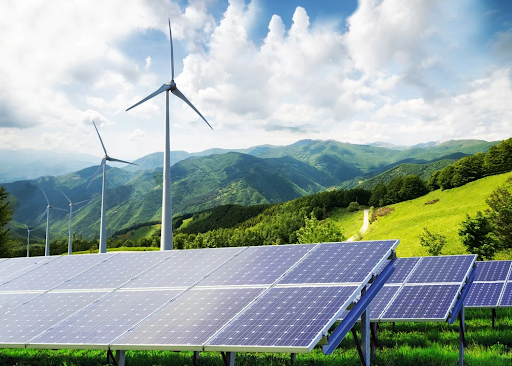

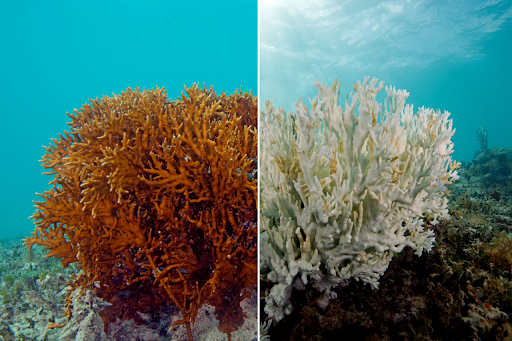
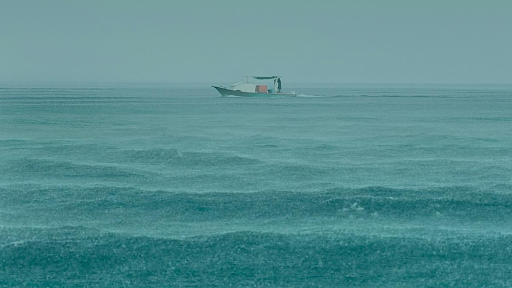
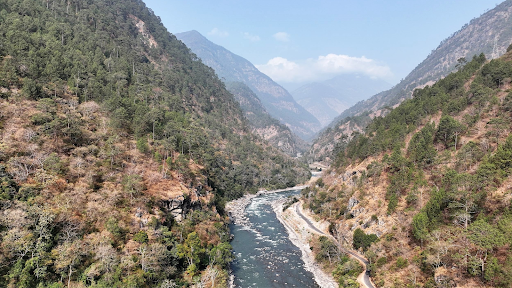

© 2025 iasgyan. All right reserved